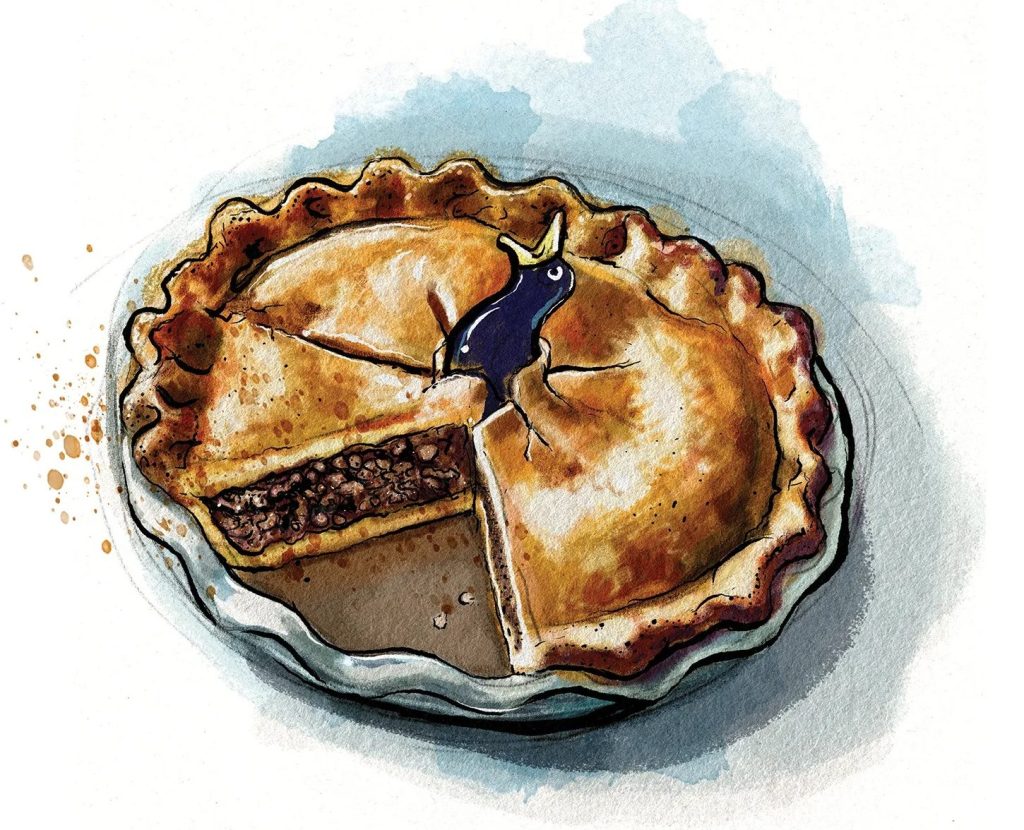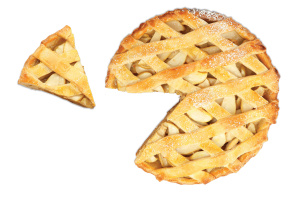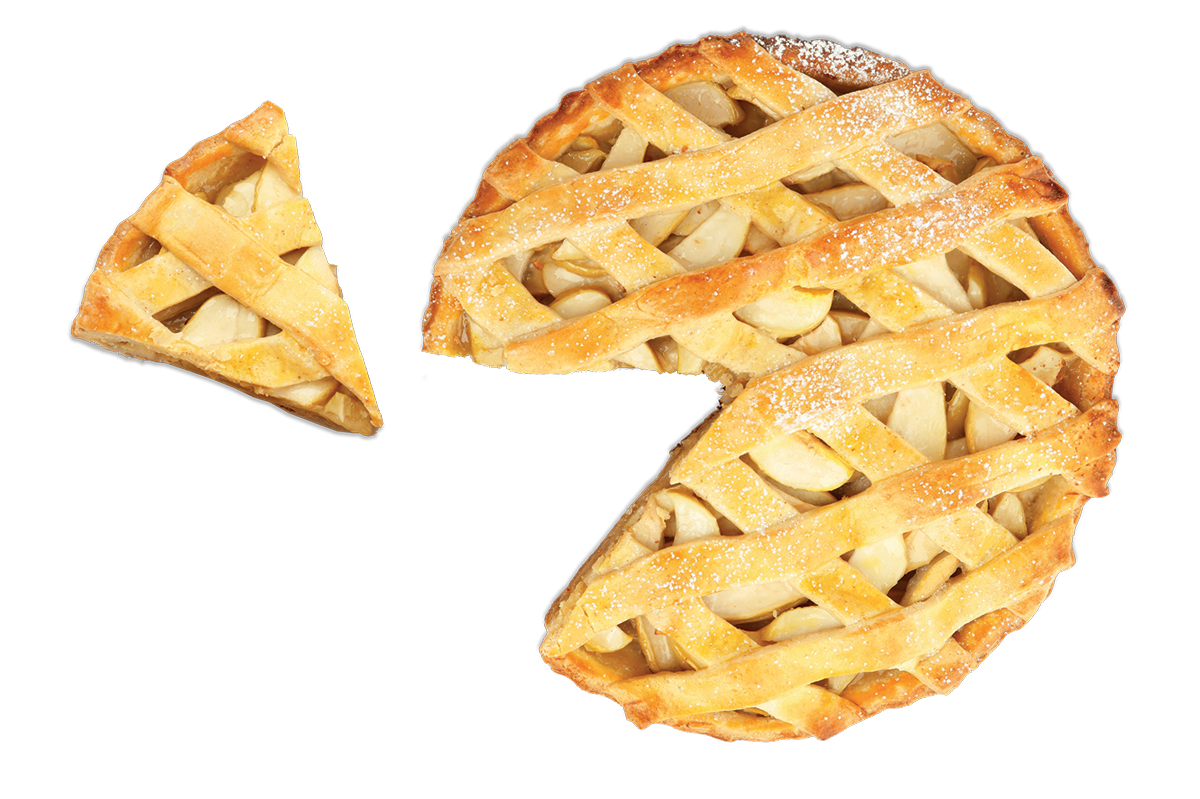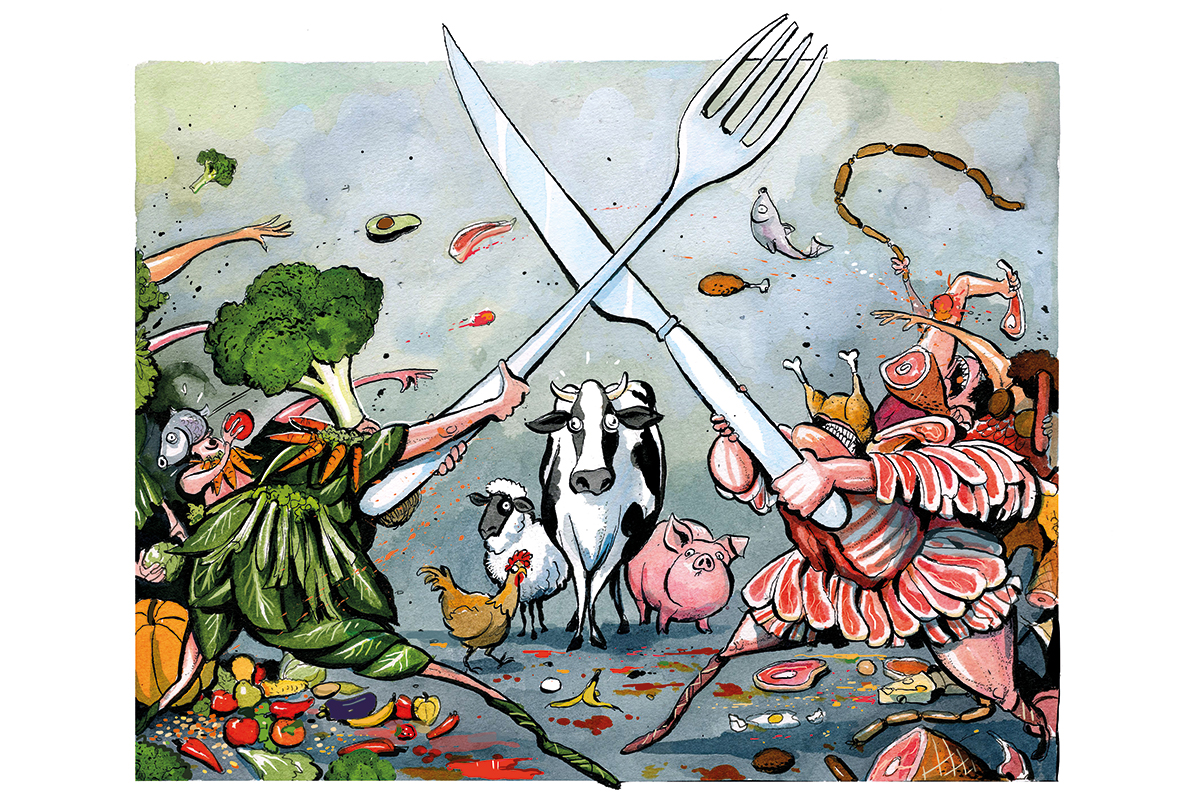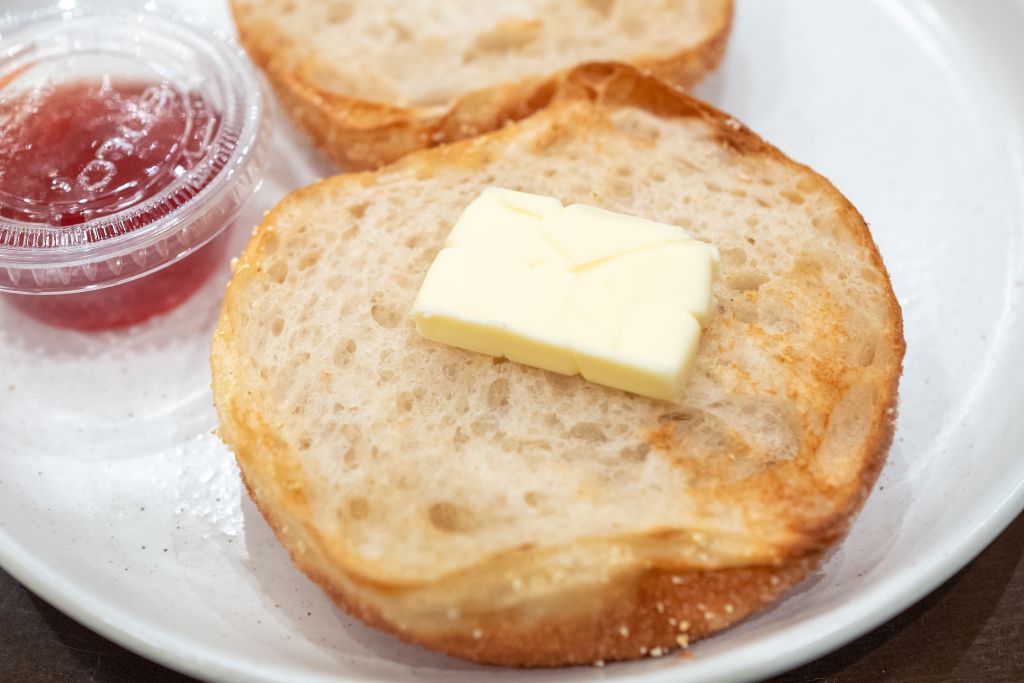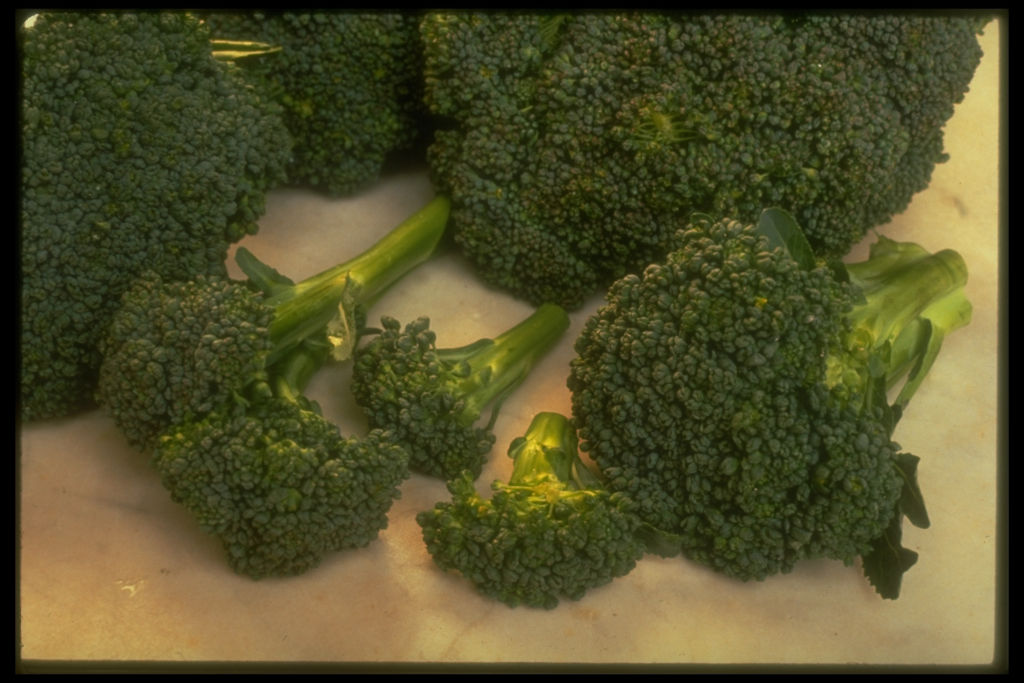Sometimes, when it comes to culinary history, Britain is its own worst enemy. For a long time, British food has been seen as a joke among other nations, but also nearer to home. Even when the dishes are near indistinguishable, we’re still happy to poke fun at our own fare: we love panna cotta but laugh at blancmange; we cringe at stew but revere boeuf Bourguignon. They’re the same, but that doesn’t stop us.
Where better to showcase the unsung hero braised beef mince than in a beautiful short-crust pie?
Mince gets the worst of our inward-turned opprobrium, a leitmotif in our national food anthem. A pot of stewed mince speaks to all that is wrong with British food: staid, bland, brown, probably overcooked and definitely stuck in the 1950s. Even in the age of slow food and whole-food movements, the world scoffs at Britain’s slow-cooked, whole-food favorite.
In 2017, British readers lost their minds when American food website Eater listed “mince on toast” as a quintessentially British dish. The United Kingdom leapt to its own defense, refuting the allegation and denying vociferously that such a ridiculous and embarrassing dish had any place in our national consciousness. “As if!” we cried as one, “as if such a revolting thing could possibly speak for us, or of us, as a nation!” I believe the word “monstrosity” was used.
Of course, the joke was on us. We were wrong, for the most part. Mince on toast has a long British history, with recipes dating back to the early nineteenth century. And since then, classic British restaurants such as St. John and the Quality Chop House have (rightly) delighted in putting mince on dripping toast on their menus. But even this has done little to rehabilitate the reputation of British mince.
It feels unfair. It’s not just that it’s now seen as unsophisticated cooking; we still revere the techniques and dishes of French country cooking and the Italian cucina povera, both of which describe the traditional rural or peasant cooking techniques of their respective countries. No one’s turning their nose up at a classic bolognese, or a wild boar ragù, even though it’s doing the same thing as our mince. Elsewhere, meat cooked slowly with a handful of finely chopped vegetables, aromatics and stock is old-fashioned cooking at its best — chic, even. But here, it is testament to our lack of culinary skill and imagination, the national dullard of the gastronomic world.
I will always, always stand up for mince. Browned properly, shot through with onions, definitely, sometimes carrots and celery (sounds fancier when it’s called a mirepoix or a sofrito, though, doesn’t it?) and then braised in beef stock until thick and luscious, it’s classic home cooking: simple, nourishing, delicious.
It’s fantastic served with suet dumplings (my un-ironic choice for our national dish, but perhaps that’s my northern side showing), but there are few things that the British do better than pies. Our un-ironic mastery of pastry that will somehow physically hold a huge weight of ingredients but also crumble deliciously in the mouth is something of which we should feel justifiably proud. So where better to showcase the unsung hero braised beef mince than in a beautiful shortcrust pie?
A note on the pastry, and life in general: there is no inherent virtue in eschewing convenience. How lucky we are to live during a time when butter can be refrigerated and electric toasters exist. Food processors aren’t right for all types of pastry, but they make a beautiful shortcrust, just as good as anything you might make with your hands (and possibly, if you’re nervous, or just hot-handed, better). So by all means, rub butter into the flour if you find it meditative, or can’t be bothered with the extra washing up, but otherwise, go forth and blitz.
Serves 4 Takes 30 mins Bakes 40 mins
For the filling
- 1 tbsp olive oil
- 1 large onions, finely chopped
- 2 cloves minced garlic
- 14 oz minced beef
- 1½ tbsp plain flour
- 1 cup beef stock
- 2 tbsp Worcestershire sauce
For the pastry
- 1½ cup plain flour
- 1/2 cup butter, cold and diced
- ½ tsp fine salt
- 2-3 tbsp cold water
- 1 tbsp white wine vinegar
- 1 egg yolk (to glaze)
- Heat the olive oil in a large, heavy-bottomed pan over a medium-high heat. Brown the mince, then set it to one side. Drain all but a tablespoon of the fat from the mince and reduce the heat to medium-low
- Add the onions and cook until softened but without coloring; add the garlic and cook for two minutes
- Return the mince to the pan and stir through the flour, followed by the stock and Worcestershire sauce. Bubble away for ten to fifteen minutes, then leave to cool
- Place the flour and salt in a food processor with the butter, and pulse until it resembles breadcrumbs. Place the water and vinegar in a small cup and add bit by bit, pulsing until a dough forms. Or do this by hand: rub the flour and salt with the butter in your fingers, then add the water and vinegar, cutting it in with a knife, and bring the dough together. Wrap and chill for half an hour
- Preheat the oven to 356°F. Divide the pastry into two pieces, one double the size of the other. Roll the bigger piece out into a large circle and press it down into a 9in dish. Spoon in the mince filling. Roll out the second piece and place it on top. Crimp the edge with a fork
- Beat the egg yolk and paint it on to the pastry to glaze. Cut two steam holes in the center of the pie. Bake for forty minutes and serve hot
This article was originally published in The Spectator’s UK magazine. Subscribe to the World edition here.



